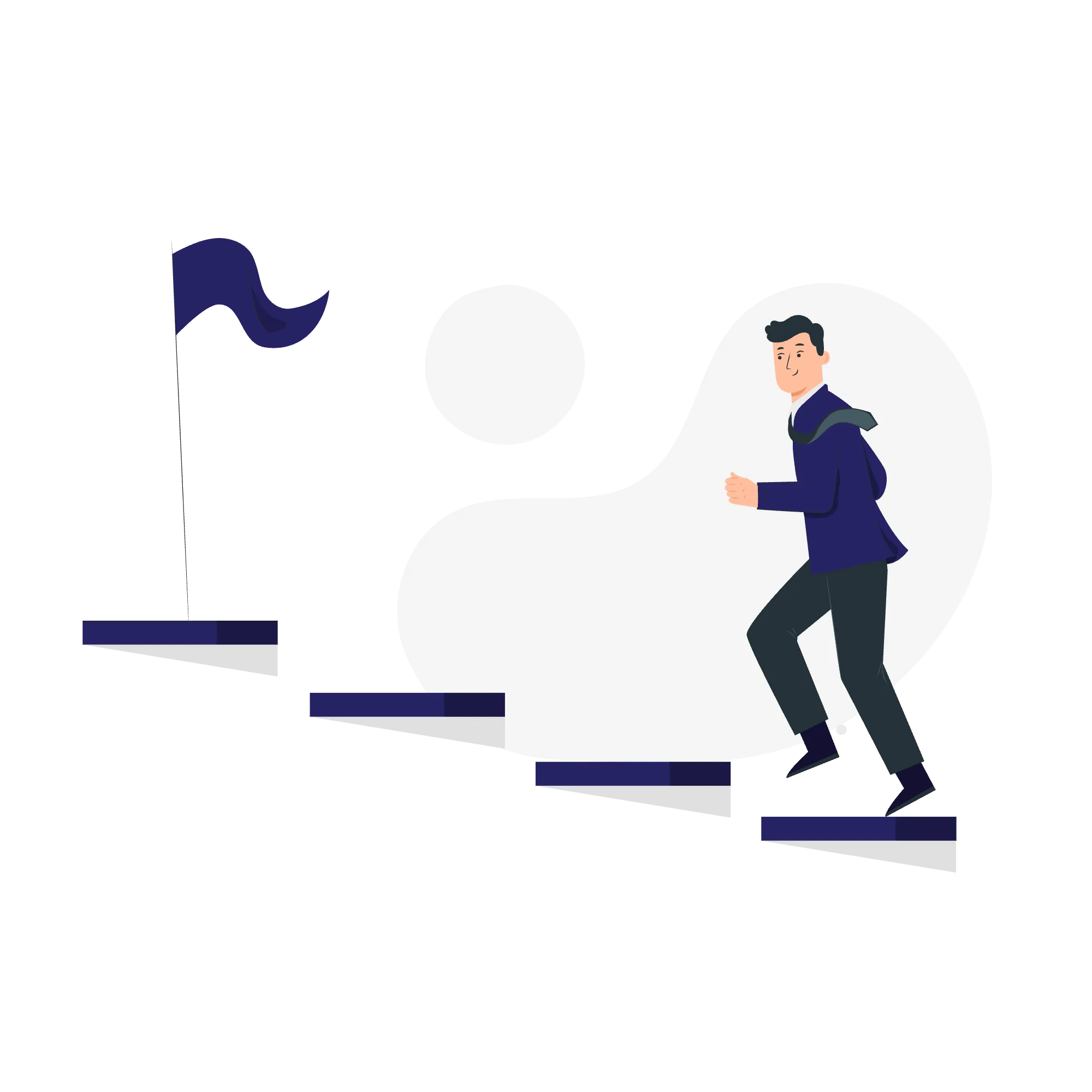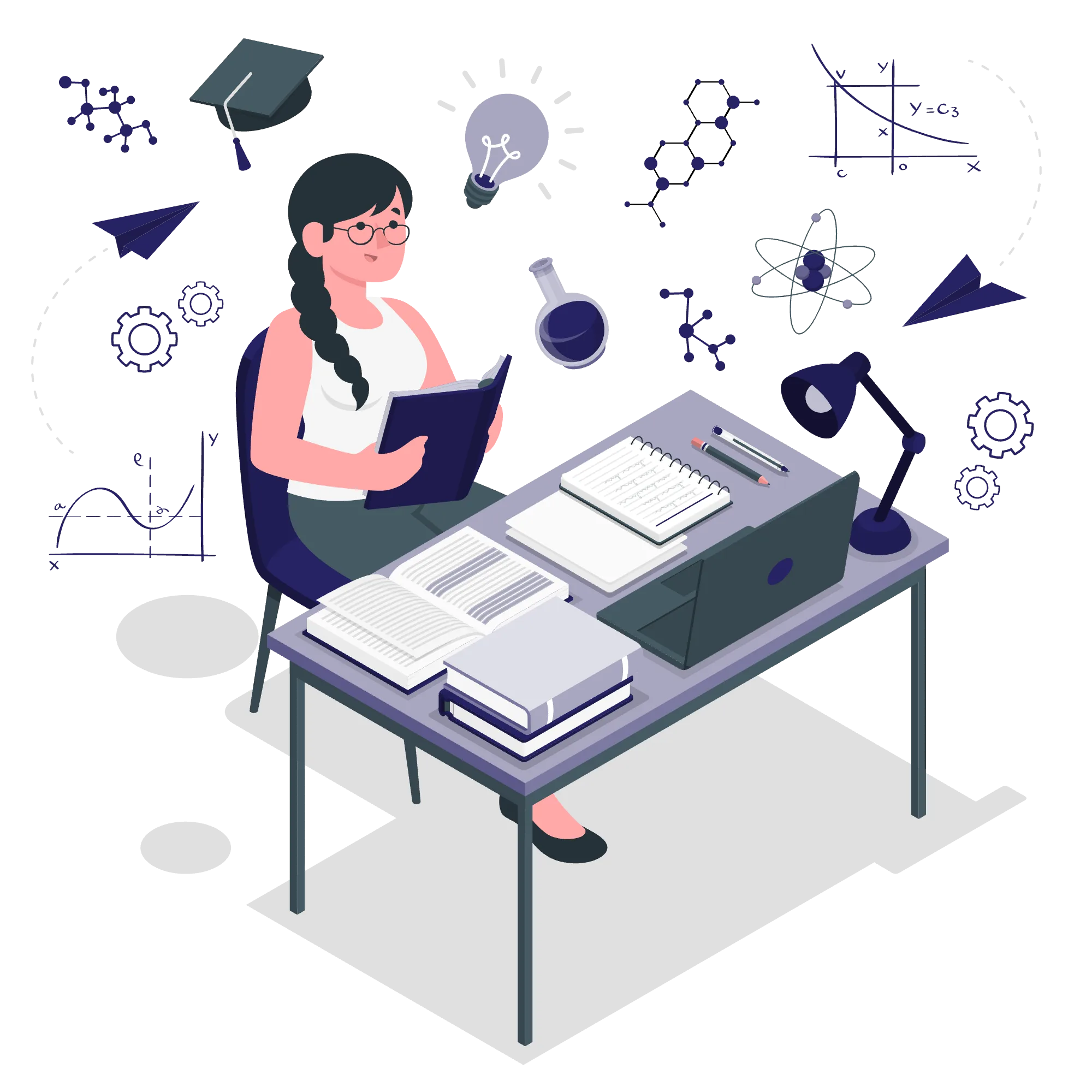Continuous monitoring and feedback are cornerstones of a contact center environment, enabling high-quality customer service and supporting employee development. Isolated improvement measures are not enough—what’s needed is a systematic process combining real-time monitoring with regular feedback. But how does this work in practice?
This will be revealed in the final article of this series on change management in contact centers. If you wish, you can download the entire series of articles using the form at the end of the article.
1. Start: Define Goals and Metrics
For monitoring and feedback to be effective, they must be based on clear goals and measurable indicators (KPIs).
- Setting Goals: For instance, a customer service goal could be to raise customer satisfaction (CSAT) to 90% within the next three months.
- Metrics: Choose KPIs that support the goal, such as Average Handling Time (AHT), First Contact Resolution (FCR), and customer feedback ratings.
- Communication: Ensure employees understand the goals and their relevance to daily tasks. Use team meetings and individual discussions to clarify how metrics connect to their work.
2. Real-Time Monitoring and Analysis
Continuous monitoring requires real-time data to provide accurate insights into employee and team performance.
- Tools: Use platforms like QualityDesk to offer real-time reporting and analytics on KPIs.
- Daily Reports: Track key metrics daily, such as service times and customer feedback.
- Automation: Leverage automated alerts to flag deviations, such as a drop in resolution rates below the set threshold.
Example:
- Situation: Analytics reveal that call wait times have increased.
- Action: Inform the team immediately, and use a team meeting to explore why this happened and brainstorm solutions.
3. Provide Feedback: Regular, Constructive, and Personalized
Feedback should be frequent and tailored to support employee development.
- Regular One-on-One Meetings: Schedule weekly or monthly discussions to review performance and progress.
- Constructive Feedback: Start by highlighting successes, then address areas for improvement. Use questions to guide employees toward solutions. Example: “I noticed your resolution rate this week was 80%. What do you think influenced this, and how could we improve it?”
- Real-Time Feedback: Offer immediate feedback when you notice a teachable moment, such as after a call or chat interaction.
4. Driving Improvement: Development Plans and Coaching
Monitoring and feedback should lead to actionable development plans and targeted coaching.
- Personalized Development Plans: Create tailored plans for each employee based on their strengths and areas for improvement. Example: “Over the next month, let’s focus on improving how you identify customer needs at the start of calls.”
- Coaching: Use regular coaching sessions to support employee growth. Analytics can help pinpoint areas where coaching is most needed.
- Follow-Up: Revisit the development plan in each meeting to assess progress and refine as needed.
5. Evaluate Results and Continuous Improvement
Monitoring and feedback are part of an ongoing improvement process. Regularly assess the effectiveness of methods and tools in achieving goals.
- Team-Level Reviews: Conduct regular reviews with the team to evaluate progress and identify opportunities for improvement.
- Analytics: Tools like QualityDesk help identify long-term trends and potential areas for development.
- Flexibility: Be ready to adjust processes and goals based on changing circumstances.
Example Process in Action
- Set a Goal: Increase the First Contact Resolution (FCR) rate by 10% over the next month.
- Monitor Data: Use tools to track real-time FCR rates and customer feedback.
- Provide Feedback: In team meetings, discuss what is working and what needs improvement. Example: “This week, 60% of cases were resolved on the first contact. What can we do to improve this?”
- Development Plans: Assign individual tasks, such as practicing more precise needs identification.
- Evaluate Results: At the end of the month, review progress toward the goal and identify lessons learned.
Conclusion
Continuous monitoring and feedback are not just about assessing the past but are essential for forward-looking development. When the process is clear and supported by tools like QualityDesk, it can drive significant improvements in both employee performance and customer experience.




